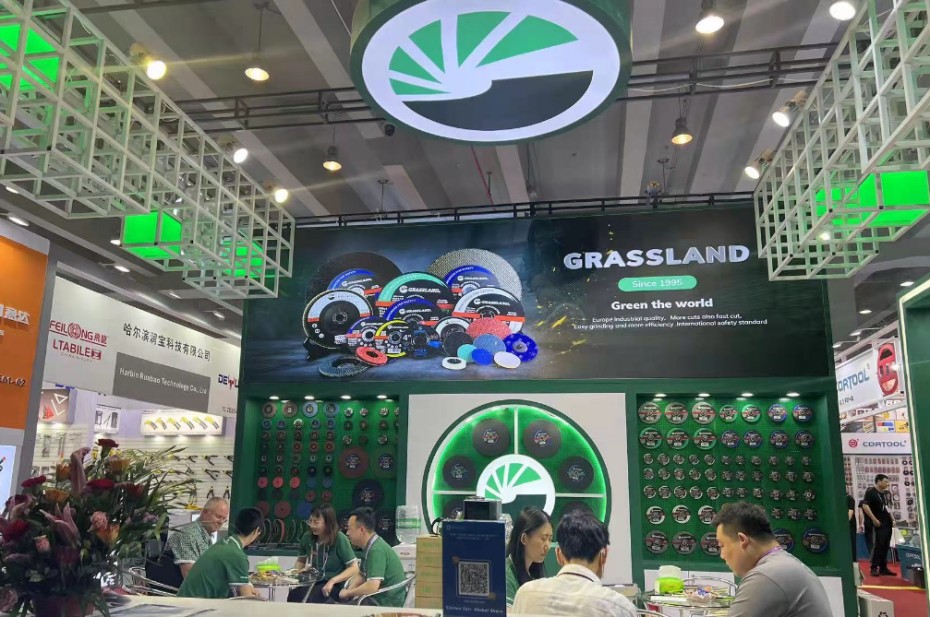Selecting the Right Flap Disc Grit for Rust Removal
Rust removal is a common task for both hobbyists and professionals alike, especially when working with metal surfaces that have been exposed to moisture or harsh environmental conditions. One of the most effective tools for rust removal is the flap disc, a versatile abrasive tool that can be used on various surfaces. However, to achieve optimal results, it is essential to select the appropriate grit size for your specific rust removal needs.
Understanding Flap Discs
Flap discs consist of multiple overlapping strips or flaps of abrasive material, typically made from aluminum oxide or zirconia. These flaps are bonded to a backing plate, providing a flexible and durable sanding tool. The design allows for both stock removal and finishing in a single step, making flap discs an excellent choice for rusted surfaces.
Grit Size and Its Importance
The grit size of an abrasive material indicates the coarseness or fineness of the disc. It is measured by the number of abrasive grains per square inch on the disc. Lower grit numbers (e.g., 40, 60) are coarser and are ideal for heavy stock removal, while higher grit numbers (e.g., 120, 240) are finer and suitable for finishing work. When it comes to rust removal, selecting the right grit size significantly affects the efficiency and outcome of the task.
Choosing the Right Grit for Rust Removal
1. Heavy Rust and Corrosion For surfaces with significant rust buildup, starting with a coarse flap disc (40 or 60 grit) is recommended. This grit can effectively strip away heavy layers of rust, paint, and other contaminants without clogging quickly. The aggressive nature of these discs allows for rapid material removal, speeding up the initial rust removal process.
flap disc grit for rust removal

2. Moderate Rust If the rust is moderate, a flap disc with a grit size of 80 can be used. This grit offers a balance between effective rust removal and surface preparation. It is less aggressive than a 40 or 60 grit and minimizes the risk of gouging the underlying metal, making it suitable for surfaces that require some level of finishing after rust removal.
3. Light Rust For light rust or surface tarnish, a finer grit (120 or above) is ideal. These discs are capable of removing light oxidation and preparing the surface for painting or sealing without damaging the substrate. Using a fine grit flap disc at this stage ensures a smooth finish and an even surface for subsequent treatments.
Additional Considerations
- Material Type The type of metal being worked on also influences the choice of grit. Softer metals, such as aluminum, may require finer grits to avoid excessive scratching, while harder metals can typically handle coarser grits.
- Tool Speed The speed at which the flap disc operates plays a significant role in rust removal effectiveness. Faster speeds can lead to quicker removal of rust but also risk overheating the disc and the workpiece. It’s crucial to follow the manufacturer’s recommendations for optimal performance.
- Test and Evaluate When in doubt, consider testing different grit sizes on a small area of the surface. This approach allows you to assess how effectively each grit removes rust and how it affects the surface texture.
Conclusion
Selecting the right flap disc grit for rust removal is essential for achieving the best results. Understanding the level of rust, the type of metal, and the desired finish will help you choose the appropriate grit size. Remember to start with a coarse grit for heavy rust and progress to finer grits for finishing. By doing so, you can ensure an efficient rust removal process while preserving the integrity of the underlying metal. Whether you’re a DIY enthusiast or a professional tradesperson, using the right flap disc will undoubtedly enhance your rust removal efforts and lead to a cleaner, more professional finish on your metal surfaces.
Post time:Dec - 14 - 2024

















